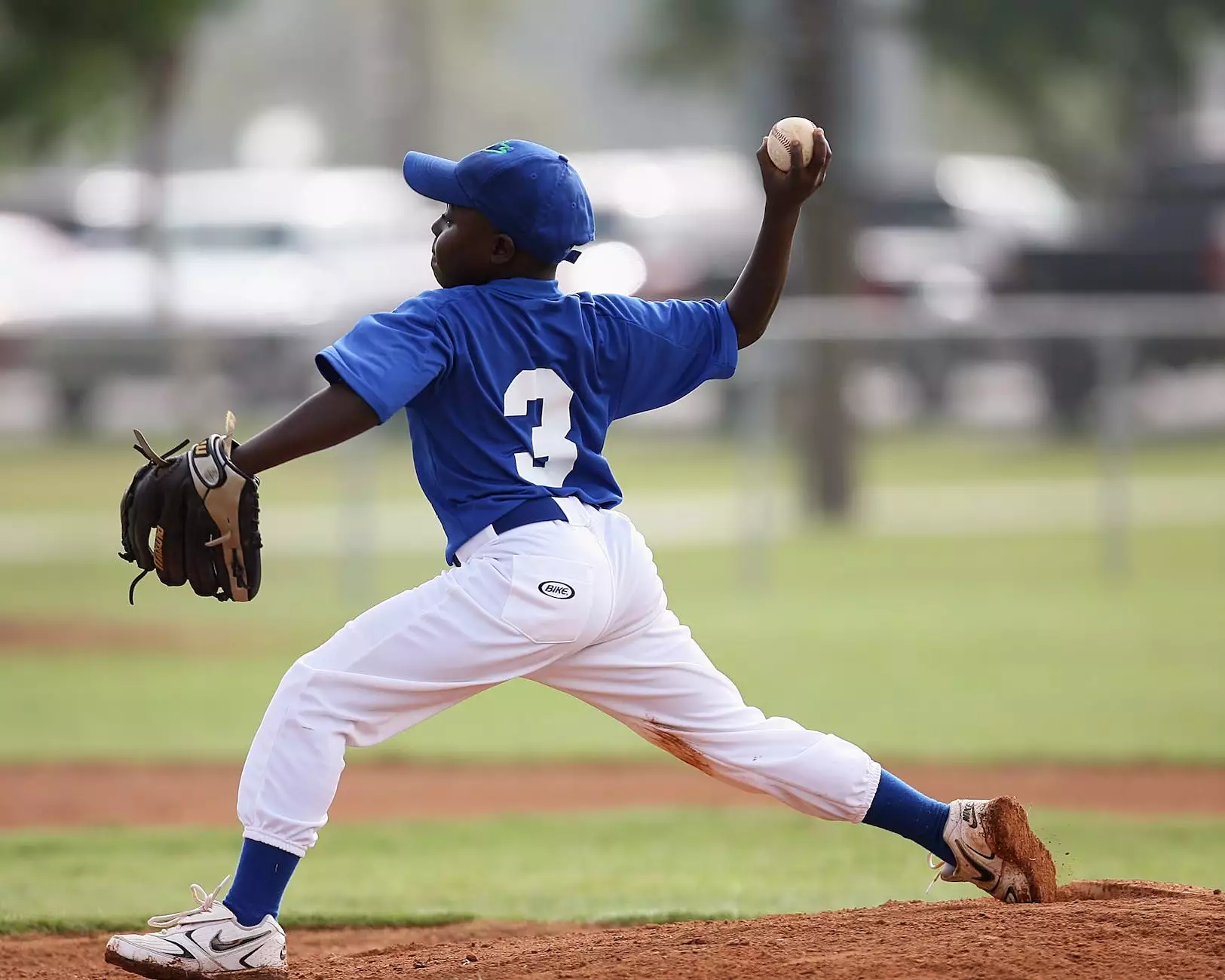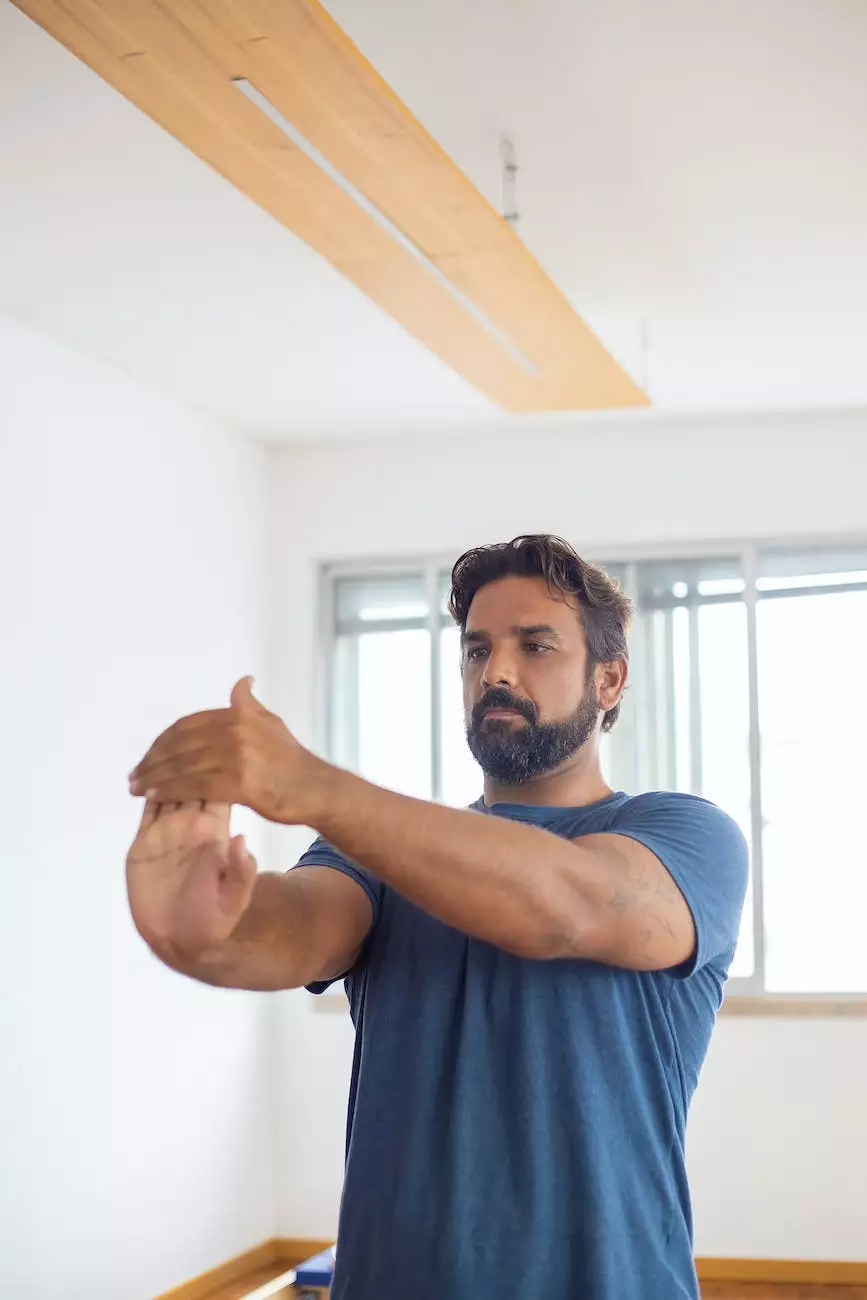Throwing Injury Prevention for Baseball and Softball Players
Orthopedic Surgery
An Introduction to Throwing Injury Prevention
As a baseball or softball player, one of the most important aspects of your game is your ability to throw with power, accuracy, and without the risk of injury. Throwing injuries can significantly impact your performance and even sideline you for an extended period. At Bowling Orthopaedics, we understand the importance of throwing injury prevention and are here to equip you with valuable tips and strategies to keep you in the game.
The Importance of Proper Mechanics
Proper throwing mechanics play a crucial role in preventing injuries. Whether you're a pitcher, infielder, or outfielder, understanding the dynamics of a correct throwing motion is essential. Bowling Orthopaedics recommends focusing on:
- Arm Slot: Find an arm slot that is natural and comfortable for you. Avoid extreme angles that strain your arm and shoulder.
- Grip: Hold the ball with a grip that allows you to maintain control without excessive strain on your fingers and wrist.
- Footwork: Develop proper footwork to generate power and maintain balance during throws.
- Follow-Through: Complete your throw with a full follow-through to ensure a smooth release and minimal stress on your arm and shoulder.
Conditioning and Strengthening Exercises
Building strength and conditioning specific to throwing is vital for injury prevention. Bowling Orthopaedics recommends incorporating the following exercises into your training routine:
1. Rotator Cuff Exercises
The rotator cuff is a group of muscles and tendons that stabilize the shoulder joint. Strengthening these muscles can significantly reduce the risk of injury. Include exercises such as internal and external rotations, shoulder abduction, and scapular retractions.
2. Core Strengthening
A strong core provides stability to your entire body during throwing motions. Incorporate exercises like planks, Russian twists, and medicine ball rotations to develop a solid core foundation.
3. Shoulder Mobility
Proper shoulder mobility ensures a smooth and efficient throwing motion. Utilize exercises such as shoulder circles, arm swings, and wall slides to enhance your shoulder's range of motion.
Proper Warm-up and Cool-down
Warming up and cooling down before and after every throwing session is vital for injury prevention. Bowling Orthopaedics recommends the following:
1. Dynamic Warm-up
Prior to throwing, perform dynamic stretches and exercises to increase your heart rate, warm up your muscles, and improve overall flexibility. Incorporate movements like arm circles, walking lunges, and trunk rotations.
2. Stretching and Flexibility
After your throwing session, focus on static stretches to improve flexibility and prevent tight muscles. Target areas such as the shoulder, back, and legs with stretches like overhead tricep stretches, standing back stretches, and standing quad stretches.
Recognizing and Responding to Pain
Pain should never be ignored. It is essential to recognize the early signs of injury and respond appropriately. If you experience persistent pain, limited range of motion, or any other concerning symptoms, consult a qualified medical professional immediately. Prompt diagnosis and treatment can prevent long-term complications and help you get back on track faster.
The Importance of Rest and Recovery
Allowing your body enough time to rest and recover is crucial for preventing throwing injuries. Listen to your body and avoid overuse by incorporating regular rest days into your training schedule. Quality sleep, proper nutrition, and hydration also play a significant role in your overall recovery process.
Seek Expert Advice
To further enhance your throwing injury prevention knowledge, it is recommended to consult with experts in the field. Bowling Orthopaedics specializes in providing comprehensive orthopedic care to athletes of all levels. Our team of experienced professionals can assess your throwing mechanics, provide personalized advice, and help you optimize your performance while minimizing the risk of injuries.
Conclusion
In conclusion, prioritizing throwing injury prevention is essential for baseball and softball players looking to excel in their sport. By focusing on proper mechanics, incorporating conditioning exercises, following a thorough warm-up and cool-down routine, and seeking expert advice when needed, you can significantly reduce the risk of throwing-related injuries and maximize your potential on the field. Trust Bowling Orthopaedics to guide you through your injury prevention journey, ensuring a healthy and successful athletic career.










